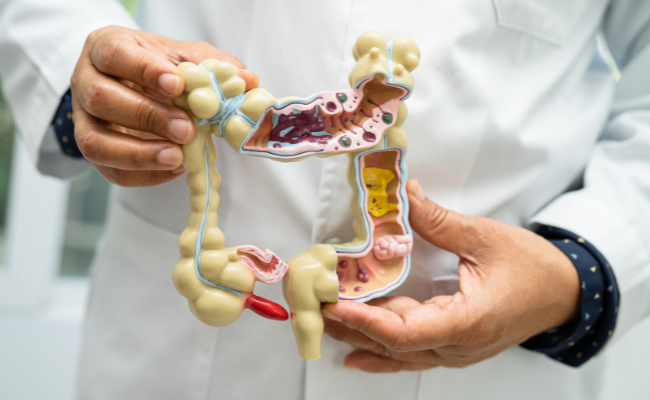How to Treat Hirschsprungs Disease?
- January 19, 2024
- No Comments

What is Hirschsprung's Disease?
Hirschsprung's Disease is a congenital condition characterized by the absence of essential nerve cells, known as ganglion cells, at the end of the large intestine (colon). These nerve cells play a crucial role in controlling bowel movements. The absence of ganglion cells in individuals with Hirschsprung's Disease results in a compromised ability of the affected colon segment to relax and facilitate the passage of stool, leading to severe constipation and, in some cases, dangerous bowel obstructions.
Why Does Hirschsprung's Disease Occur?
The precise cause of Hirschsprung's Disease remains largely unknown, but it is considered a congenital anomaly that arises during fetal development. The typical development of the enteric nervous system, responsible for coordinating gut motility, is disrupted, leading to the absence of ganglion cells in the affected portion of the colon. While the exact etiology is not always clear, genetic factors are believed to play a significant role, and the condition is occasionally associated with other congenital disorders.
How Does Hirschsprung's Disease Manifest?
The clinical presentation of Hirschsprung's Disease varies based on the extent of the affected colon and the age at which symptoms become noticeable. In newborns and infants, signs may include difficulty passing stool, abdominal swelling, vomiting, and a reluctance to feed. Older children may experience chronic constipation, slow growth, and recurrent abdominal pain. The severity of symptoms can range from mild to severe, with some cases presenting later in childhood due to partial obstruction.
Treatment Solutions for Hirschsprung's Disease:
Managing Hirschsprung's Disease necessitates a comprehensive approach involving both medical and surgical interventions. The primary objective is to alleviate the obstruction and restore normal bowel function.
- Diagnosing Hirschsprung's Disease: Early and accurate diagnosis is crucial for effective management. Physicians typically begin with a thorough physical examination and a review of the patient's medical history. To confirm the diagnosis, imaging studies such as contrast enemas or rectal biopsies may be performed. These tests help identify the absence of ganglion cells in the affected segment of the colon.
- Surgery - Pull-Through Procedure: The cornerstone of Hirschsprung's Disease treatment is surgical intervention, with the pull-through procedure being the most common approach. This surgery involves removing the portion of the colon lacking ganglion cells and connecting the healthy segment directly to the anus. Different techniques, including the Swenson, Soave, or Duhamel procedures, may be employed based on the specific characteristics of the case and the surgeon's preference.
- Temporary Colostomy: In some instances, especially when Hirschsprung's Disease is diagnosed early in infancy, a temporary colostomy may be created before the pull-through procedure. A colostomy involves diverting the stool to a stoma on the abdominal wall, providing relief to the affected segment of the colon while allowing it to rest and heal before the final corrective surgery.
- Postoperative Care and Follow-up: Following the surgical procedure, diligent postoperative care is essential. Monitoring for potential complications, such as infection or bowel obstruction, is crucial. Adequate pain management and regular follow-up visits with healthcare providers are necessary to assess the child's growth, bowel function, and overall well-being.
Benefits of Treatment for Hirschsprung's Disease:
Implementing appropriate treatment strategies for Hirschsprung's Disease yields numerous benefits, significantly improving the overall health and quality of life for affected individuals.
- Restoration of Bowel Function: The primary goal of the pull-through procedure is to restore normal bowel function. By eliminating the segment of the colon lacking ganglion cells, the surgery allows for the passage of stool through the bowel, alleviating symptoms of constipation and bowel obstruction.
- Improved Nutritional Status: Children with Hirschsprung's Disease often face challenges with feeding and nutrient absorption. Surgical correction, along with postoperative care, contributes to improved nutritional status, supporting healthy growth and development.
- Enhanced Quality of Life: Successful treatment of Hirschsprung's Disease significantly enhances the quality of life for affected individuals. The elimination of chronic constipation, abdominal pain, and other associated symptoms enables children to lead more active and fulfilling lives.
- Prevention of Complications: Timely diagnosis and surgical intervention play a crucial role in preventing complications associated with untreated Hirschsprung's Disease. Complications such as enterocolitis (inflammation of the colon) and bowel perforation are minimized through early intervention.
Comments (0)